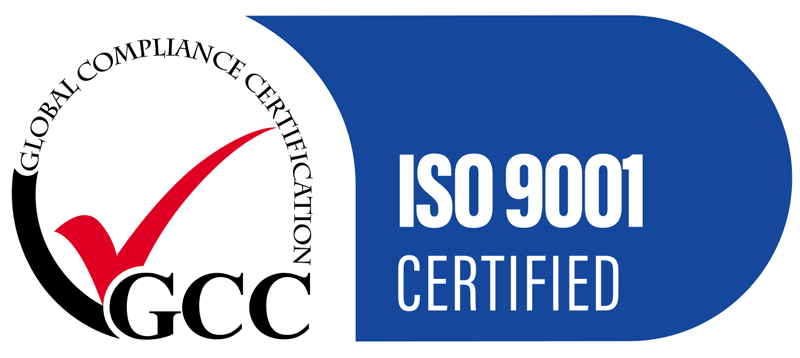As we know, there is a special type of steel for every application you can imagine. We have talked about the benefits of both stainless steel and galvanised steel previously, but there are factors that need to be considered when using both types in the one project.
While stainless steel itself is very corrosion resistant, corrosion can occur if other metals are positioned against it. Galvanised steel is prone to corrosion when near stainless steel in wet or salty areas.
The reason for this being an issue is bimetallic coupling. It’s where two metals connect in such a way that they form a miniature electrical circuit, carrying electrons between each other and creating current. One metal acts as the anode, generating electrons ready for conducting electrical energy. The other, protected, metal works as the cathode to collect the electrons and if there is an electrolyte material covering both pieces (as would be the case in stainless and galvanised steel) then the circuit is created.
From there, the path is open for corrosion to enter the mix.
Marine projects are especially notorious for presenting problems in this regard as salt and water are excellent conductors.
So, how do you get around the problem when you’re in a situation where you have to combine stainless steel and galvanised steel?
There’s a couple of solutions at hand. One method is to coat the joint area in plastic. This could work especially well for galvanised steel chain links that come in contact with a stainless steel surface. Another option is to cover one or both surfaces with a thick layer of paint that is rated for durability.
In short, while it’s impossible to always avoid contact between stainless steel and galvanised steel, it is recommended to avoid it where possible, especially in wet or salty conditions. The team at ShapeCUT are always available to discuss what will work best for your project, and can be contacted any time on 1800 ShapeCUT.
Contact Us To Find Out More
We ensure a fast, exact and economical steel solution for our clients. Call our team today to discuss your steel cutting and metal processing requirements.
Get Our Newsletter
Contact details
121 Mica Street, Carole Park,
QLD, 4300, AUSTRALIA
Freecall: 1800 SHAPECUT (1800 742 732)
Telephone: (07) 3271 5600
Facsimile: (07) 3271 5454
Email: sales@shapecut.com.au
Accredited Profile Cutting

Profile Cutting
Metal Processing Services
©2025 ShapeCut | Website design Brisbane by iFactory | Privacy Policy | Search | Sitemap



